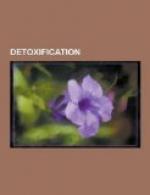|
This section contains 739 words (approx. 3 pages at 300 words per page) |

|
Overview
Amyl nitrite (A-mil NYE-trite) commonly occurs in two isomeric forms: n-amyl nitrite and isoamyl nitrite (3-methylamyl nitrite or 3-methylpentyl nitrite). In common usage, the term amyl nitrite most commonly refers to the isoamyl form. Both isomers occur as yellowish liquids with a distinctive sweet odor and a pungent taste. They are unstable and break down when exposed to air, light, or water. Both isomers are probably best known as vasodilators, substances that cause blood vessels to relax and expand, allowing an increased flow of blood through the body. Because of its widespread use as a hazardous recreational drug, isoamyl nitrite has been banned, except for specified medical uses.
Key Facts
Other Names:
Pentyl nitrite
Formula:
C5H11NO2 or (CH3)2CHCH2CH2NO2
Elements:
Carbon, hydrogen, nitrogen, oxygen
Compound Type:
Ester (organic)
State:
Liquid
Molecular Weight:
117.15 g/mol
Melting Point:
Not available
Boiling Point:
n-amyl...
|
This section contains 739 words (approx. 3 pages at 300 words per page) |

|


